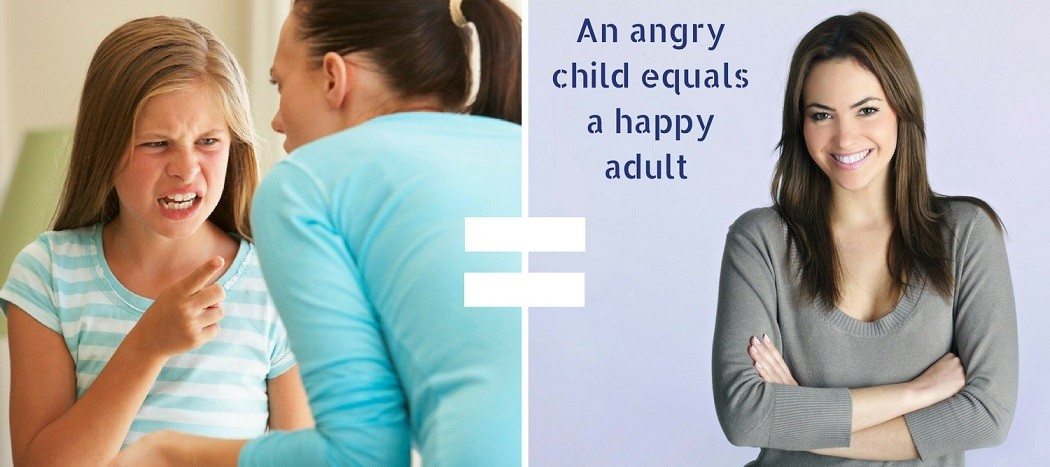
One of our most important emotions is anger, and yet we do not know how to express it appropriately. We are trained from a very early age to view anger as a negative emotion. And I am here to tell you that it is not.
-
Anger is necessary
-
Anger is an expression of our values
-
Our anger needs to be expressed
-
And we need to be taught that anger is good from a very early age
-
We need to allow our children to be angry so that they can be happy healthy adults
Now I will mention, that I am not a parent. I have not had to experience a child in full meltdown. However, as a Kinesiologist, I see the negative impacts that suppressed anger has on adults.
When children are taught at a young age that anger is bad, if they get punished for being angry then this leads to a suppression of not only anger but of all emotions, all forms of self-expression.
Here are some of the ways that not allowing our children to be angry can change them
As adults we tend to bottle things up
When we get sent to our room, or smacked, or yelled at when we are expressing our anger, we begin to learn that anger has negative consequences. And all humans crave positive reinforcement. So we begin to moderate our behaviour. It doesn’t mean that we don’t get angry anymore. No, we still get angry!!! However, we have learned that bad things happen when we express it.
So what do we do? We start to suppress our anger. We bottle it up. We keep swallowing it, thinking that it will disappear. But it doesn’t, the more we suppress, the more that anger turns into deep resentment and even deeper rage. And then when the pressure becomes too much, we can explode. Saying things that we later regret.
The instant one of my clients, tell me that they never get angry, I know that I have to test for suppressed rage. I have developed a highly successful test to see how much anger and rage my clients have been suppressing. I call it the “Rage-O-Meter”. The measurement works like this
The intensity of the rage compared to a lit matchstick is 1%
The intensity of the rage compared to 10 atomic bombs is 100%
And my clients will have rage levels around 65% to 95%

Avoiding confrontations like the plague
When we learn that anger is bad, we also learn that standing up for ourselves is bad. Because as children, most of the time, the reason why we are angry is because we feel that we are being unjustly treated.
-
It could be that we wanted to play on the swings for another 10 minutes
-
It could be that our sibling has more iPad time than we do
-
It could be that we really want something, like an ice cream. We got it last time we went to the shops, so we can’t understand why we can’t have it this time
These are a few examples. Children’s minds are still developing, and they haven’t got the mental understanding that we adults have. So when something doesn’t go their way, there is a meltdown. How we response to this, shapes their learning of confrontations.
Now I am not saying that we should give in to our child’s every wishes (that creates a whole world of other problems). However, I do recommend explaining the decision in ways that the child can understand.
Because the child has learnt that confrontation leads to negative consequences, they become less likely to stand up for themselves during their life. Which can lead to them being bullied at school and in the workplace and even in their future relationships.
Becoming people pleasers
It is human nature to avoid what is painful. When we punish children for being angry, we are teaching them subconsciously, that we will only love them if they please us. If they are happy all of the time. People pleasing has many forms
-
Being afraid to say no to people
-
Believing that other people’s needs and wants are more important than your own
-
Constantly changing your personality to fit in
-
Losing our sense of who we really are, so much so, that we become numb
These are all side effects of not being able to express our anger. I see it over and over again in clinic.
-
Adults not being able to live their life to the fullest
-
Adults not feeling comfortable saying no
-
Adults not being able to stand up for themselves because of fear of rejection
And when I check when these beliefs/patterns started, it’s always between the ages of 2 years old to 8 years old. ALWAYS!!!
Healthy ways to express anger
Anger is an important emotion, and we need to be taught how to express it in healthy ways. Here are a couple of ways that I believe are healthy ways to express anger
Communicate – take your child to a quiet location and ask them why they are angry. Ask them what they would need to do to stop feeling this way
Writing it out – this is an amazingly effective technique. Get your child to write out all of the reasons why they are angry. And then ask them if they want to feel this way. If they do, engage in more dialogue. If they don’t, get them to rip up what they have written and then you burn it while they are watching. (this is great for adults too)
Art Therapy – sit down with your child and draw together what it feels like to be angry. Be open about what comes up for both of you
I love you – I have saved the most important for last. No matter how bad the tantrum, hugging them and saying “I love you” are the most important things that you can do with your child. Over and over again, “I love you, I love you, I love you”. This way, you are letting them know, no matter what the circumstances may be, no matter what emotions they are experiencing, that you love them unconditionally
If any of this resonates for you (or for your child) I can help. My natural psychic abilities allow me to pinpoint to the day (sometimes even to the minute) when a behavioural pattern was formed. The sessions are gentle, calming and fun (because I believe that fun is a very important aspect of the healing journey).
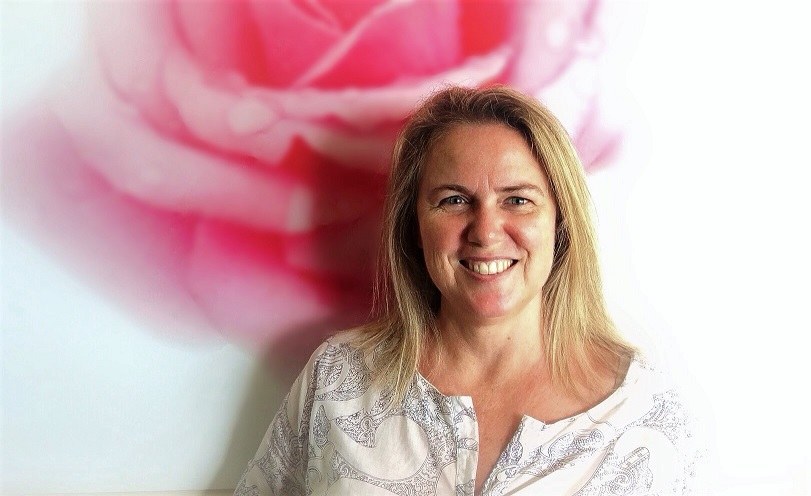

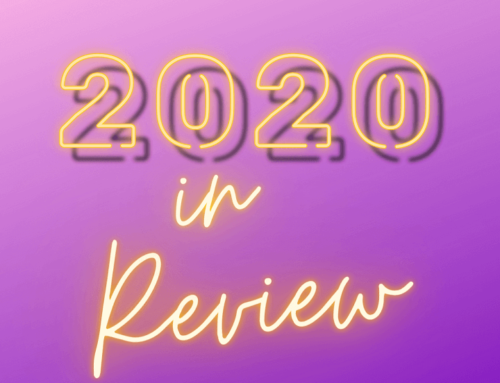
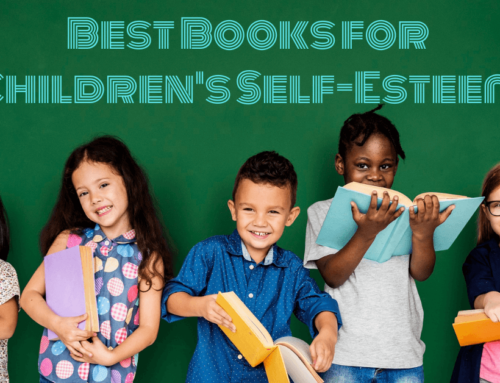
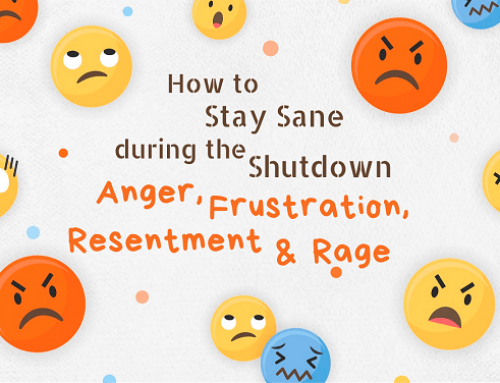
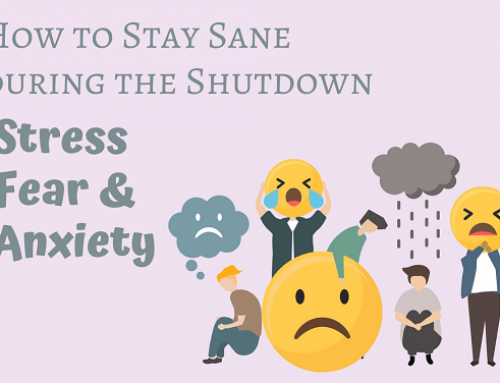
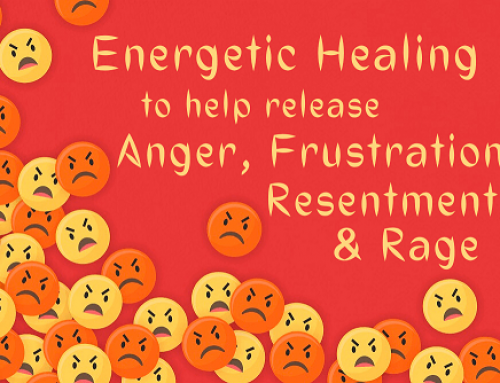

Leave A Comment
You must be logged in to post a comment.